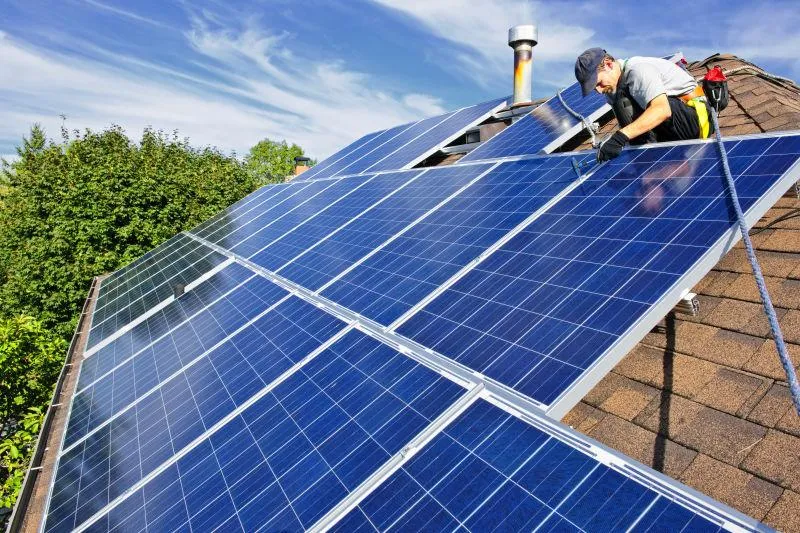inverter 3 kilowatt
Understanding 3 Kilowatt Inverters A Comprehensive Guide
In recent years, the demand for renewable energy solutions has skyrocketed, largely driven by the need for more sustainable and efficient power sources. Among the various components involved in renewable energy systems, the inverter plays a crucial role in converting direct current (DC) electricity generated by solar panels or wind turbines into alternating current (AC) electricity, which is the form used in households and businesses. This article aims to provide a comprehensive understanding of 3 kilowatt (kW) inverters, their functionality, advantages, and applications.
What is a 3 Kilowatt Inverter?
A 3 kilowatt inverter is a device specifically designed to handle the conversion of solar or wind-generated DC power into AC power at a maximum capacity of 3 kW. This capacity is typically suitable for small to medium-sized solar panel systems, making it an ideal choice for residential applications or smaller commercial installations. The inverter not only performs the necessary conversion but also plays a vital role in managing the overall energy efficiency of the system.
Key Functions of a 3 kW Inverter
1. DC to AC Conversion The primary function of an inverter is to convert the DC electricity produced by solar panels into AC electricity, which can be utilized by household appliances or fed back into the electrical grid.
2. Grid Synchronization A grid-tied inverter allows the generated electricity to be synchronized with the grid, enabling users to sell excess electricity back to the utility company, thus potentially reducing energy bills.
3. Monitoring Many modern 3 kW inverters come equipped with monitoring systems that provide real-time data about energy production, system performance, and overall efficiency. This feature is crucial for system troubleshooting and ensuring optimal performance.
4. Safety Features Inverters are designed with various safety protocols, including anti-islanding protection, which ensures that the inverter shuts down in case of a power outage, protecting both the system and the utility workers.
inverter 3 kilowatt

Advantages of Using a 3 kW Inverter
1. Cost Efficiency For homeowners looking to adopt solar energy, a 3 kW inverter can be a cost-effective option, especially when paired with a compatible array of solar panels. It provides sufficient power for everyday needs while keeping investment low.
2. Compact Size Being relatively small and lightweight compared to larger inverters, a 3 kW inverter is easier to install and fits well in limited spaces, making it ideal for residential rooftops or small commercial sites.
3. Energy Reliability A well-functioning inverter increases the overall reliability and efficiency of a solar power system. By optimizing power conversion, it ensures minimal energy loss, thus maximizing the return on investment for the user.
4. Environmental Impact With the rise of energy awareness, utilizing inverters for renewable energy contributes to reducing carbon footprints, promoting cleaner energy sources, and fostering a sustainable future.
Applications of 3 kW Inverters
3 kW inverters are commonly used in various applications, particularly in residential settings. They are ideal for single-family homes, where energy consumption is moderate. Additionally, they can be employed in small businesses, garden sheds, and RVs for powering essential appliances and equipment. Their versatility and reliability make them a popular choice among homeowners looking to transition to renewable energy sources.
Conclusion
In conclusion, a 3 kilowatt inverter is an integral component of renewable energy systems, particularly for those seeking to harness solar or wind energy for residential use. Its capacity to efficiently convert DC to AC power, coupled with advanced monitoring and safety features, makes it a valuable investment for both individuals and small businesses. As the world moves towards a more sustainable future, understanding and utilizing devices like the 3 kW inverter will play a significant role in promoting energy efficiency and reducing environmental impact. By investing in such technology, users not only save money in the long term but also contribute positively to the health of our planet.
-
String Solar Inverter: The High-Efficiency Solution for Smart Solar EnergyNewsJul.14,2025
-
Revolutionizing Rooftop Energy with the Power of the Micro Solar InverterNewsJul.14,2025
-
Power Independence with Smart Off Grid Solar Inverter SolutionsNewsJul.14,2025
-
On Grid Solar Inverter: Powering the Future with Smart Grid IntegrationNewsJul.14,2025
-
Monocrystalline Solar Panels: High-Efficiency Power for the Future of Clean EnergyNewsJul.14,2025
-
Bifacial Solar Panel: A Smarter Investment for Next-Generation Energy SystemsNewsJul.14,2025







